History
The Center for Leather, Rubber and Plastics (BBKKP) has a long history of development to date. The initial pioneering institution was founded in Bogor in 1927 under the name Leerlooierij in Leder bewerking Stichting met Het Laboratory Voor Leder bewerking en Schoen Makerij is een Van Drie Centrale Nijverhelds voor Lichting: Department van Economische Zaken led by Cavalini as Director . In 1937, the Department van Economische Zaken decided to move the agency to Yogyakarta to be precise at Tugu Kulon and Oey Ong Ham was appointed as deputy director accompanying Cavalini.

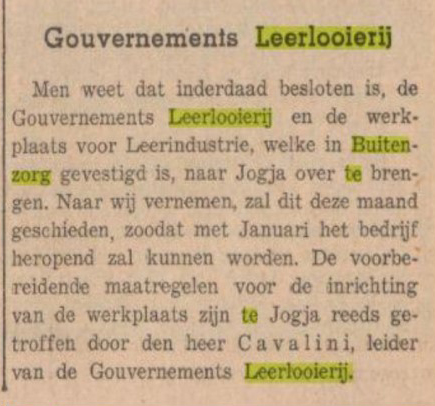
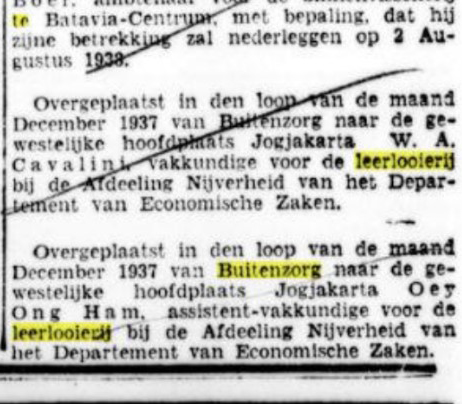
News of the transfer of Voor Leder Laboratory from the newspapers De Indische Courant (01/05/1937), Nederlandsch Indie (11/12/1937), and Soerabaijasch Handelsblad (15/12/1937)
In the early days of independence in 1945, the Voor Leder Laboratory was taken over by the Indonesian Government under the Ministry of Economic Affairs and its name was later changed to the Leather Research Center led by Amir Husin Siregar as Head of the Hall. With the end of Dutch rule and handover to the Republic of Indonesia in 1950, development began in all fields, especially domestic industry.
One of the important factors for advancing Indonesia, which is an agrarian country, is the development of domestic industry. In the history of the world economy, it has become a reality that not agrarian countries, but only countries that are at the level of an industrialistic structure, can raise the living standards of their people quickly. Industrial development is necessary for the development of the Indonesian economy, in order to improve our nation's standard of living.
To achieve this best, first intensively carry out activities in the field of industrial research, starting from the very simple with further development step by step. After that industrial development must be carried out, starting with manual work leading to mechanization and refinement.
Industrial development is needed for economic development, and after that industrial intensification is needed to increase production towards self supporting in the field of food and clothing and others.
Yogyakarta, which was the capital of the revolution in 1950, began to be active in the field of research regarding various industries which were concentrated in one of the buildings at Tugu Kulon and included B.P.Industry, B.P Leather and industrial education courses.
Regarding the situation at that time, the Leather Research Institute only consisted of one work room with 6 employees. After the war of independence, conducting research in the leather industry experienced difficulties in starting considering that there was not a single laboratory equipment and if it could be obtained on the black market the price was very high.
It was only in 1951 with the addition of qualified employees and the increase in space due to the move from B.P. Industri and B.P. Kimia that it was possible to start with researchwork in a very simple laboratory at the beginning because the instruments did not yet exist and the other tools were far from complete. In that year BP Leather was under the auspices of the Industrial Bureau, Ministry of Economy.
With the available machines, B.P Leather can work more freely by making various kinds of leather such as box, ecrace, suede and chamois . Also in the laboratory there has been progress in the field of research regarding vegetable tanning processes, tanning with minerals or unsaturated oils.
In 1956, B.P Leather was under the auspices of the Bureau of Investigation and Education, Ministry of Industry. In 1957, even though there had been an expansion of the building, there was still a shortage of space, because the Hall's activities were increasing. This is also due to the arrival of machines for physical testing:
- Abrasion strength tester to test the wear resistance of leather zool (sole) for shoe purposes
- Schopper machine to determine the tensile strength of ply leather or top leather
- Crockmeter to test the rubfastness of pigment finish on skin
- Bending strength tester to determine the bending strength of box leather, chevreaux and suade for shoe purposes.
Apart from that, there are also large machines for the Pilot Plant such as sok leather embossing machine, sammying machine and two diesel generation
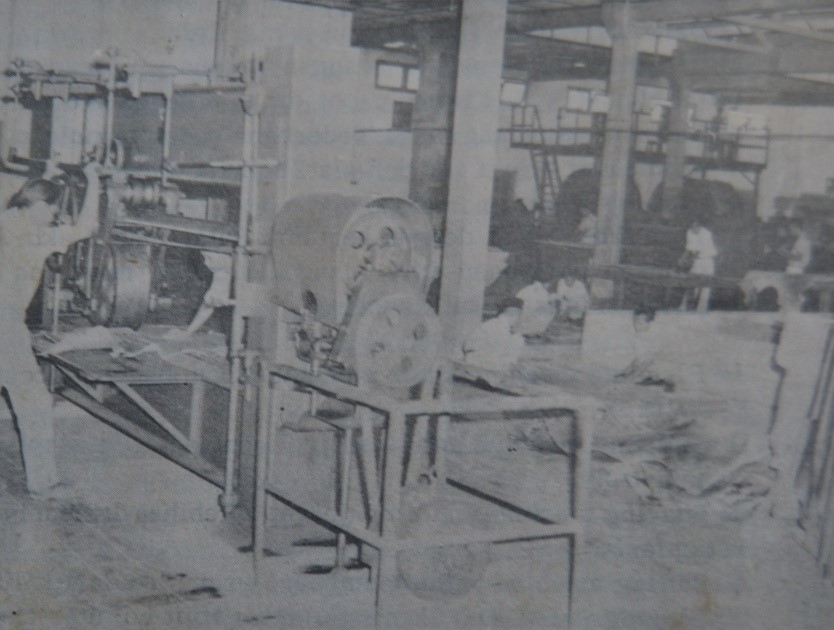
Pilot Plant
Based on Republic of Indonesia Law No. 85 of 1958 concerning the Five Year Development Plan 1956 -1960, the Leather Research Center in Yogyakarta has the task of advancing the industry by providing technical advice, advancing mechanization, and improving the quality of technology through inspection of materials, planning, investigation, counseling and technical education.

P.N.P.R NUPIKSA YASA, Leather Research Center Building, Semaki, Yogyakarta
Construction of a building in Semaki, Yogyakarta for the Leather Research Center was carried out in 1958 with a building area of 4500 m2 on a land area of 12,000 m2< /sup>. The inauguration of the building was carried out in August 1958 by the Minister of People's Industry.
In 1960 the name Djawatan was changed to the Institute of Technology and Education, Ministry of People's Industry. In 1961, the status of the Djawatan was changed to a State Company for Research, Development and Education Affairs with the name PN.PR. Nupiksa Yasa; while the Leather Research Institute is a unit of Nupiksa Yasa. This is intended to increase services to the community.
With the formation of PN. PR. NUPIKSA YASA, the Skin Research Center was renamed the Skin Research Center, having PN status under PN. PR. NUPIKSA YASA in accordance with BPU PNPR Decree No.142/Sek/BPU/61 dated 16 July 1961. In 1980, the status and name of the Leather Research Center was changed to the Research and Development Center for Leather, Rubber and Plastic Goods Industry, based on Decree of the Minister of Industry Number 218/M/SK/6/1980 dated June 5 1980.
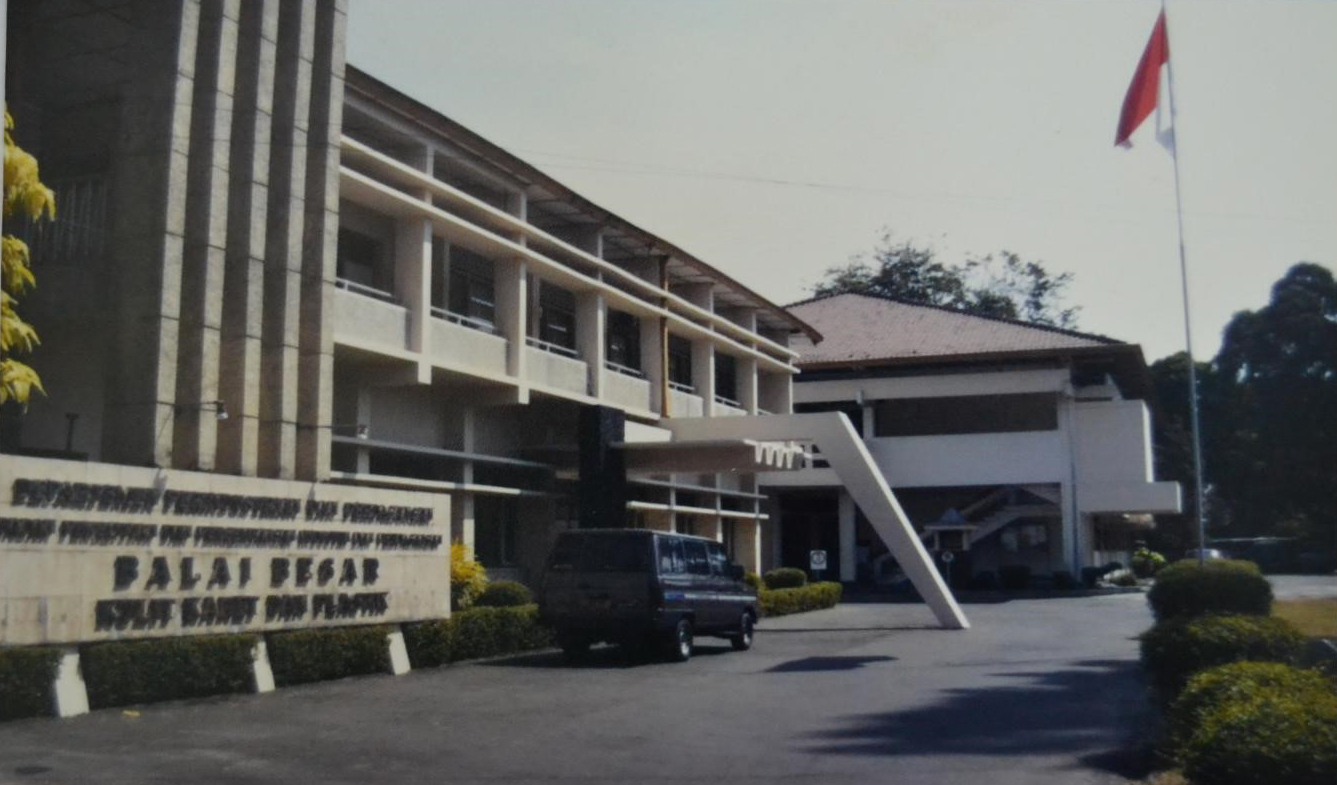
Building of the Research and Development Center for Leather, Rubber and Plastic Goods Industry
On December 6 1995, the Ministry of Industry was merged with the Ministry of Trade, becoming the Ministry of Industry and Trade (Depperindag). The organization and work procedures of BBKKP have not changed. Then, based on the Decree of the Minister of Industry and Trade No. 783/MPP/Kep/11/2002 dated 29 November 2002, there was a change in the Organization and Work Procedures from the Center for Research and Development of the Leather, Rubber and Plastic Goods Industry to the Center for Leather, Rubber and Plastic ( BBKKP).
For 2006, the Ministry of Industry and the Ministry of Trade were separated again into two departments, namely the Ministry of Industry and the Ministry of Trade. BBKKP is under the Ministry of Industry in accordance with Minister of Industry Decree Number 45/M-IND/PER/6/2006. Furthermore, on November 3 2009, based on Presidential Regulation Number 47 of 2009 concerning the Establishment and Organization of State Ministries, the Department of Industry changed its name to the Ministry of Industry, however the Organization and Work Procedures of the BBKKP did not change.
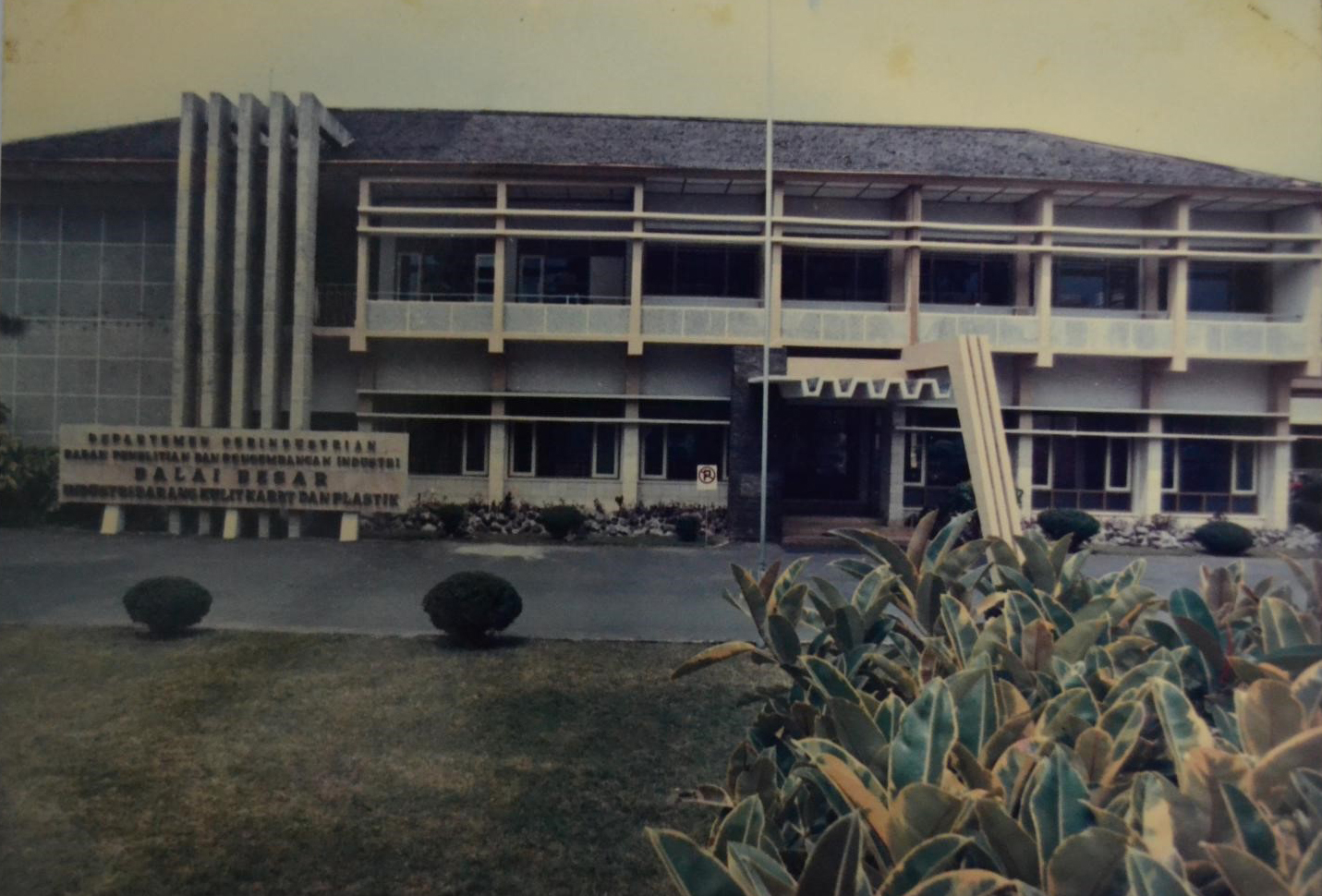
Building of the Research and Development Center for Leather, Rubber and Plastic Goods Industry
The name change occurred again in 2010 based on the Regulation of the Minister of Industry Number: 105/M-IND/PER/2010 concerning the Organization and Work Procedures of the Ministry of Industry, BBKKP is under the Policy Review Agency, Industrial Climate and Quality (BPKIMI) without experiencing changes in main duties and functions.
Then the Presidential Regulation of the Republic of Indonesia Number 29 of 2015 was issued concerning the Ministry of Industry, the Industrial Policy, Climate and Quality Assessment Agency (BPKIMI) changed to the Industrial Research and Development Agency (BPPI). So, BBKKP is now under the Industrial Research and Development Agency (BPPI) with no changes to its main tasks and functions.
Based on the Presidential Regulation of the Republic of Indonesia Number 107 of 2020 dated 6 November 2020 concerning the Ministry of Industry, the Industrial Research and Development Agency (BPPI) was changed to the Industrial Services Standardization and Policy Agency (BSKJI). Thus, BBKKP is now under the Industrial Services Standardization and Policy Agency (BSKJI) with no changes to its main tasks and functions.
On February 17 2022, Regulation of the Minister of Industry of the Republic of Indonesia was issued Number 1 of 2022 concerning the Organization and Work Procedures of Technical Implementation Units within the Industrial Services Standardization and Policy Agency. BBKKP transformed into the Center for Standardization and Services for the Leather, Rubber and Plastic Industry (BBSPJIKKP), but can still be called the Center for Leather, Rubber and Plastics (BBKKP). This BBKKP transformation also includes duties and functions, as well as organizational structure. The R&D and engineering functions no longer exist, and the organizational structure is increasingly streamlined where the structure under the Head is only the Administrative Section and Functional Position Groups.
Head of the Hall from time to time
During the 66 years since 1953, there have been nine changes in Hall Leadership.

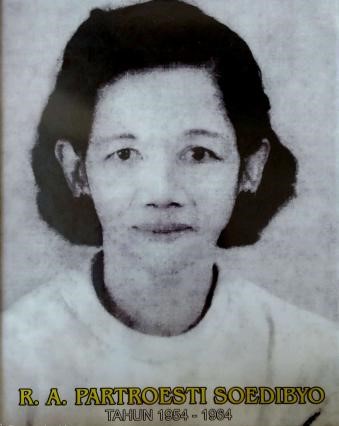
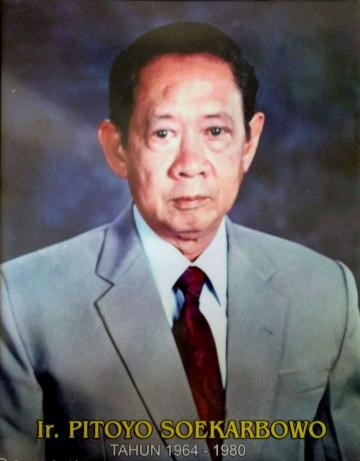
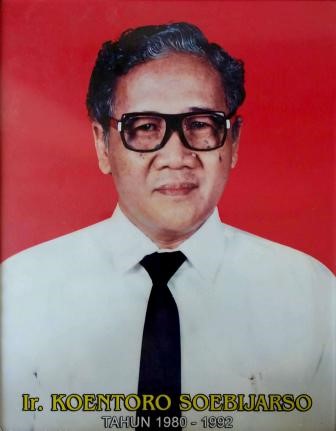

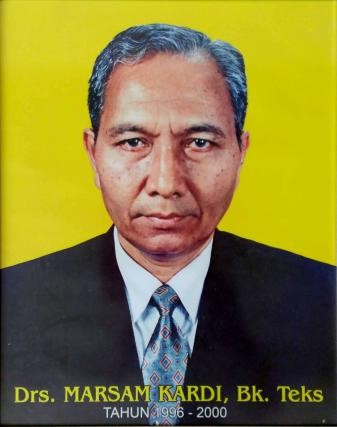
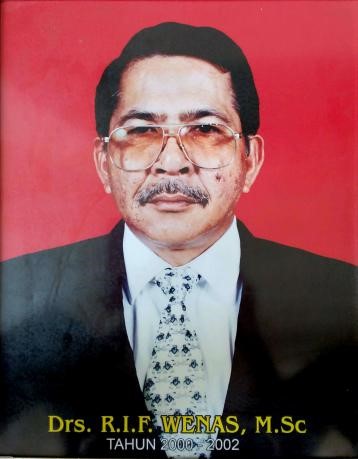
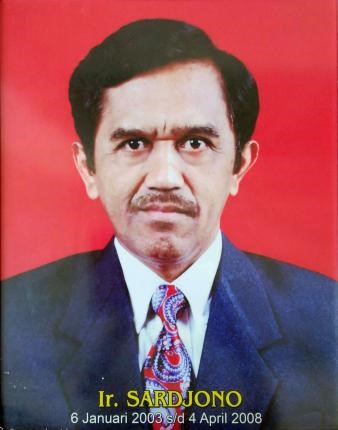

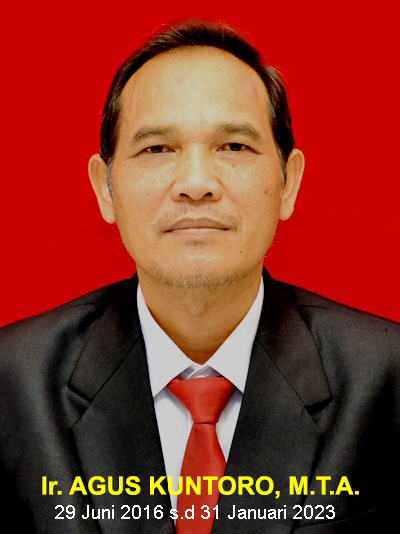
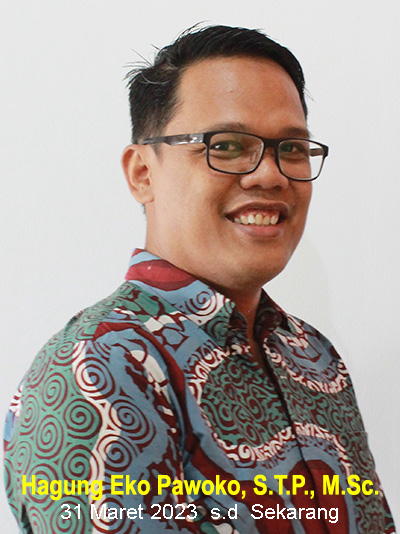
Hagung Eko Pawoko, S.T.P., M.Sc. officially served as Head of the Center for Standardization and Services for the Leather, Rubber and Plastic Industry since March 31 2023, replacing Mr Agus Kuntoro. Previously he served as Widyaiswara Functional Officer (2012-2023) at the Yogyakarta Industrial Training Center (BDI) and Executive at the same agency (2006-2012).

